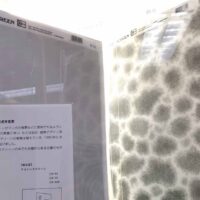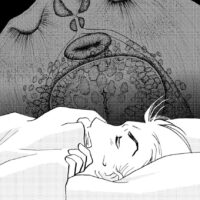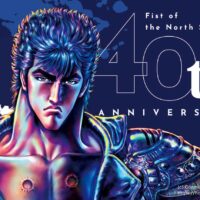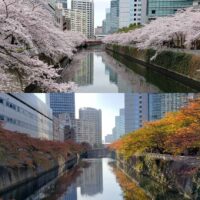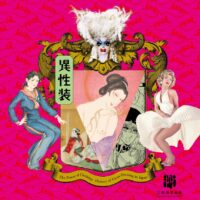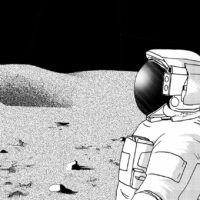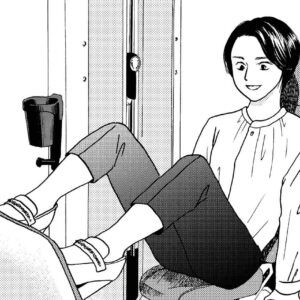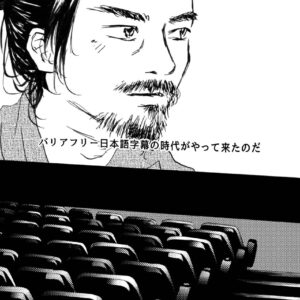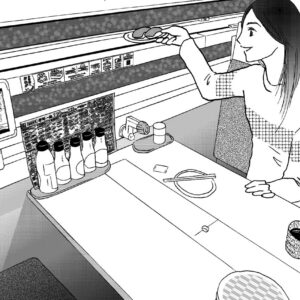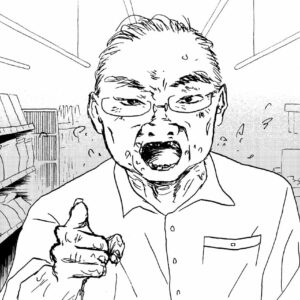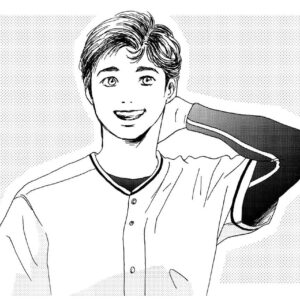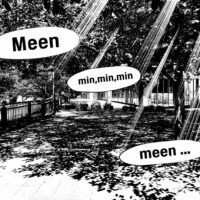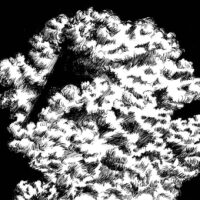Tonight, if weather permits, a “total lunar eclipse” will be visible throughout Japan. This time, “Uranus eclipse” will also be seen at the same time, and it is the first time in 442 years that such a phenomenon can be witnessed in Japan. The next time it will happen again in Japan is expected to be in 322 years, making it an extremely rare celestial show.
In a total lunar eclipse, the moon is gradually covered by the shadow of the earth, the sun, earth, and moon line up in a row, and the entire moon is completely covered by the shadow of the earth. When the moon is completely covered, it is called a “total eclipse.” At this time, the moon is not obscured; rather, some of the red light of sunlight is slightly refracted by the earth’s atmosphere, illuminating the moon and making it appear reddish-black in color. According to the National Astronomical Observatory of Japan, this total lunar eclipse will begin around 6:09 p.m. on November 8 everywhere in Japan, and the moon will be in a state of “total eclipse” from 7:16 p.m. to 8:42 p.m., then return to a bright full moon around 9:49 p.m. after it is partially eclipsed.
In addition, this total lunar eclipse will be accompanied by an eclipse of Uranus, the seventh planet in the solar system, which will be behind the Moon in most areas except the Ogasawara Islands. It has been 442 years since 1580, when warlord Nobunaga Oda was alive, that a planetary eclipse like the Uranus eclipse was seen during a total eclipse in Japan. Uranus is just barely bright enough to be seen with the naked eye, but during a total lunar eclipse the moon appears darker, so it can be observed better with a telescope.
The last time a total eclipse and a planetary eclipse were seen simultaneously in Japan was on June 15, 1580, when a total eclipse and a Saturn eclipse were seen simultaneously. According to historical astronomy researchers, there are records in ancient documents that indicate that the lunar eclipse occurred at a time that coincides with the results of the calculations. They said, “The night sky at that time was darker than now, and Saturn was a star visible to the naked eye, so total lunar and Saturn eclipses must have been seen in many parts of Japan. Since they were rare phenomena, famous feudal lords such as Nobunaga Oda and Hideyoshi Toyotomi must have been surprised to see them.”




